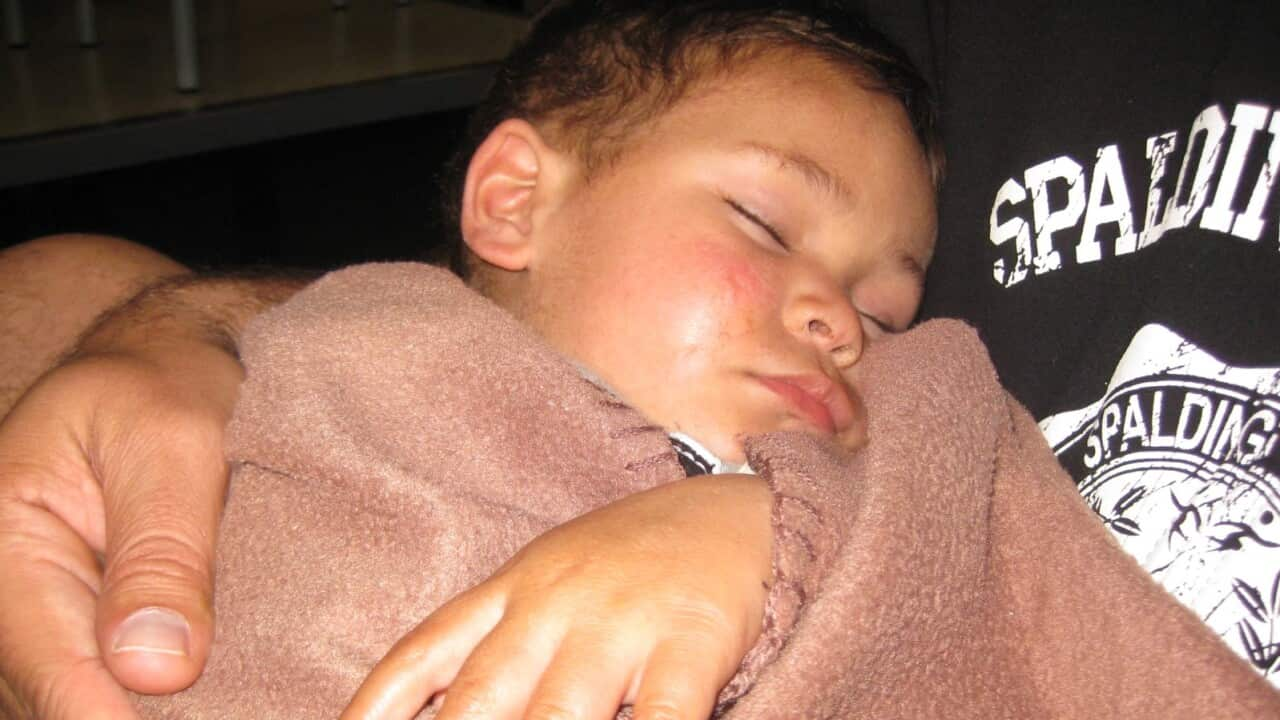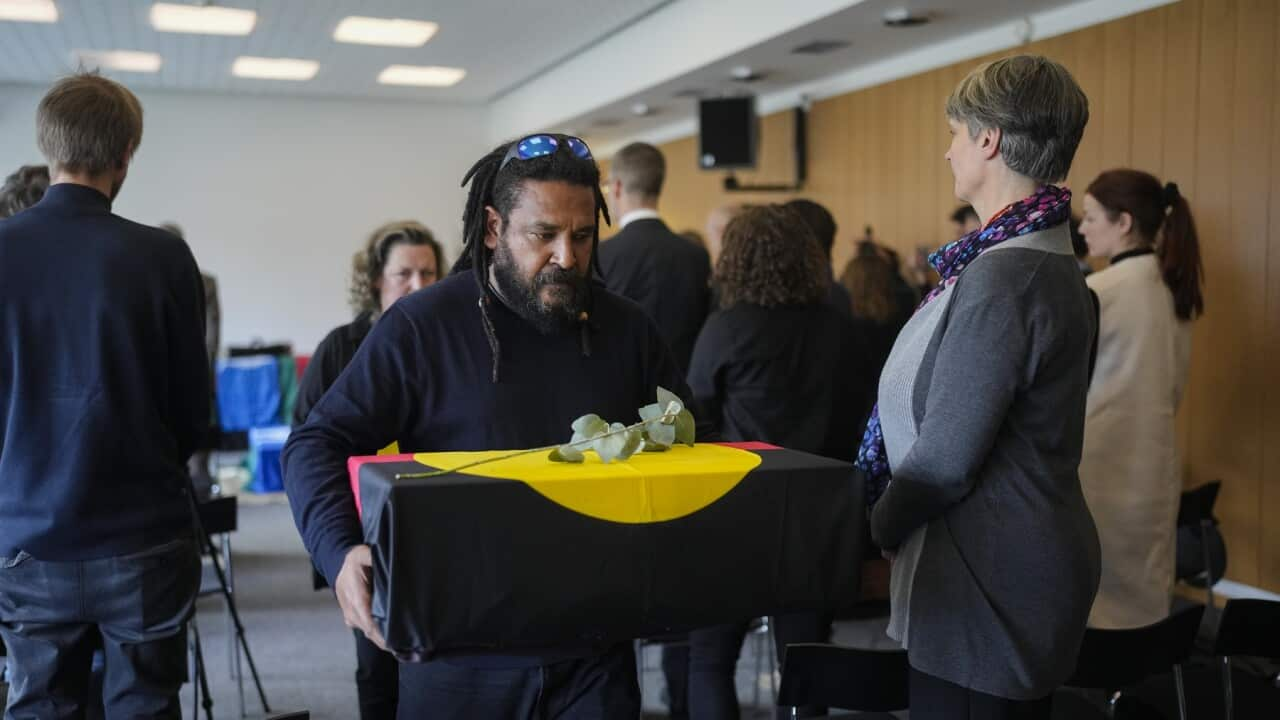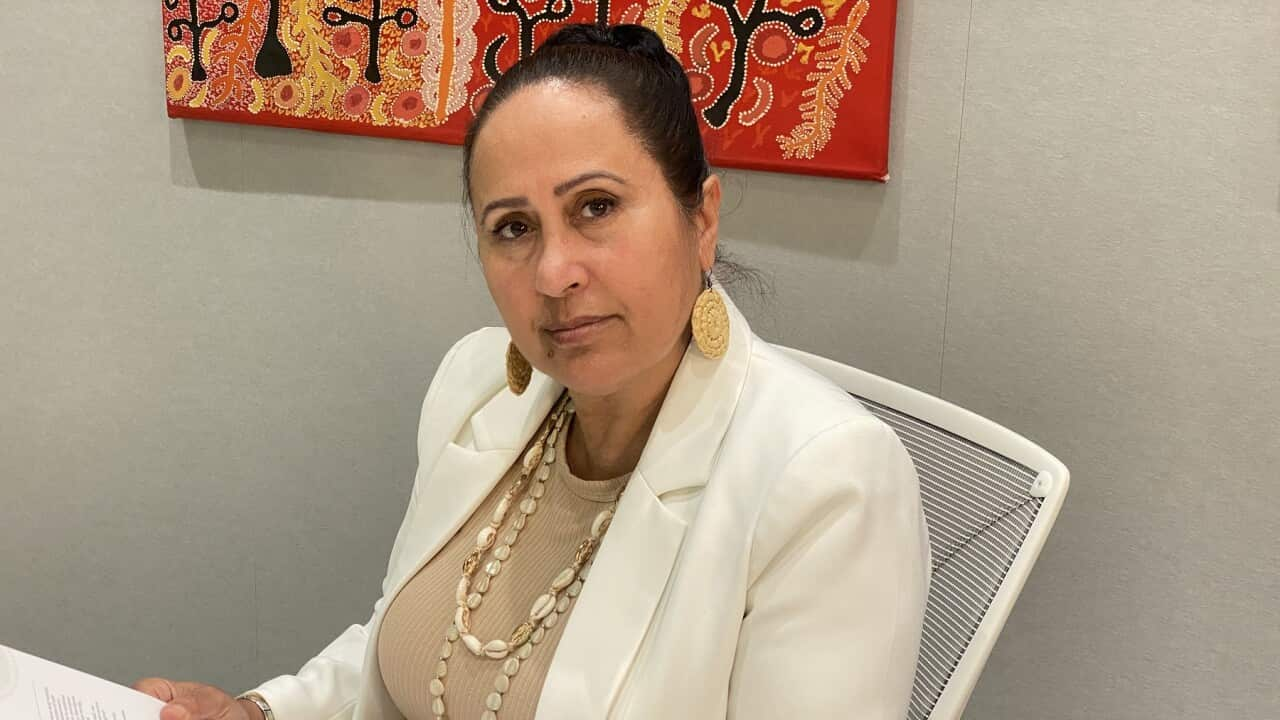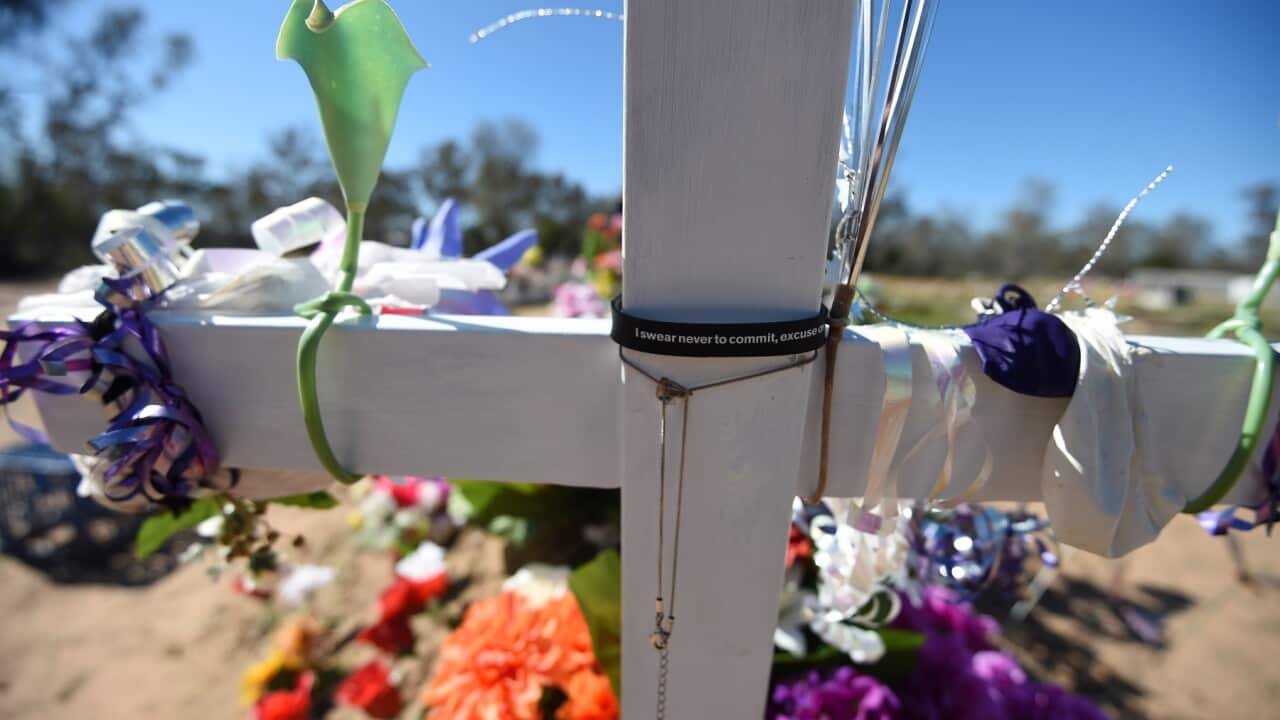TRANSCRIPT
Indigenous babies account for only 9.7 per cent of all infants in the southeast Queensland jurisdiction, but between 2021 and 2022, they represented 43 per cent of infants in out-of-home care.
But some experts believe this reality may be changing.
New research suggests women who received care through an innovative Indigenous-led model of maternity care are three times less likely to have their newborn removed by child protection services than those who received standard maternity care.
Kristie Watego is a Service Development Manager at the organisation Birthing in Our Community ((BIOC)).
"The research has been applied to a program here in southeast Queensland called Birthing in Our Community, and this program allows families to come onto the program and get a dedicated midwife that walks with mum during her pregnancy, is there when bub is born and cares for mum up to six weeks, until bub is six weeks of age. The important aspect of this program is the additional wraparound service, which is BIOC, that's a family support practitioner gets assigned to that mum as well and really gets to understand that family's needs and walks with mum through that pregnancy up until baby is three years of age."
The research, from the Institute for Urban Indigenous Health, highlighted data collected at its Salisbury 'Birthing in Our Community' Community Hub in from 2013 to 2019.
During the study, nearly 2,000 Indigenous pregnant women were offered either standard care or the special service model.
Just over a thousand women and a similar number of babies received standard care, while 944 women and 960 babies received the special care.
Sam, whose name has been changed for privacy, is a mother of three who's been through this special maternity care model for each of her children.
"The continuity of care has been incredible. The opportunity to follow when I'm pregnant through to when the child's five has been really special because I'm pregnant with my fourth child at the moment, and so I guess there's been, my oldest kids are in sort of play groups and have had their health check. In the same sort of environment that I was seeing the midwife in, they're seeing the child health nurses in and I guess there's that overall continuity of care for the family, which has been really lovely."
31 women who received standard care had their babies removed by child protection services at birth, while nine children were removed from mothers who went through the community program.
The special model of care showed a significantly lower removal rate, at 9.5 per 1,000 rather than the 2021-22 national rate of 57.8 per 1,000.
Storm Henry is an Aboriginal Midwife who has been working with Indigenous mothers for eight years.
She says it's important to have culturally appropriate care.
"I think historically, health services, public health services, private health services, they are I guess colonial institutions really, that historically haven't really been safe for Aboriginal people to access. I think understanding that and knowing some challenges people might face and knowing what's going on in the local community can help make connections with people, and I think having those social connections, knowing, for example, if someone's the cousin of someone that you've supported previously is just nice and special."
The research has been released at the same time as the federal government’s Closing the Gap 2023 Annual Report, which shows the rate of over-representation of Indigenous children in out-of-home care in Australia continues to increase.
Ms Watego says the results, funded by the Australian National Health and Medical Research Council, show it's possible to significantly reduce the number of Indigenous babies removed at birth through effective holistic co-designed services.
"We have families all across the nation who are birthing and engaging with healthcare services, and we need them to be able to provide or engage with a safe space that can work on the family's strengths and help them build to be the best parents they can be, rather than pointing out all the deficits and working within the family unit rather than looking at the individual needs. So there's a lot that our wider community needs to do to ensure that culturally safe care is being provided to these families without judgement."
Indigenous-led organisations have long argued the best way to help close the disadvantage gap is through programs which listen and interact with Indigenous-led approaches to issues disproportionately affecting Aboriginal and Torres Strait Islander people.
Renee Blackman is the Chief Executive of the Aboriginal and Torres Strait Islander Community Health Service Brisbane.
She says it's clear this is a program which should be implemented nationally.
"I think what the research does actually proves that a model like this does work and can be effective and very impactful for women, their children and their families, and especially in keeping families together. And I think that that is something that should be celebrated and also replicated. So that's the reason why you do research - to make sure that you share the information, which is also what we're about."













